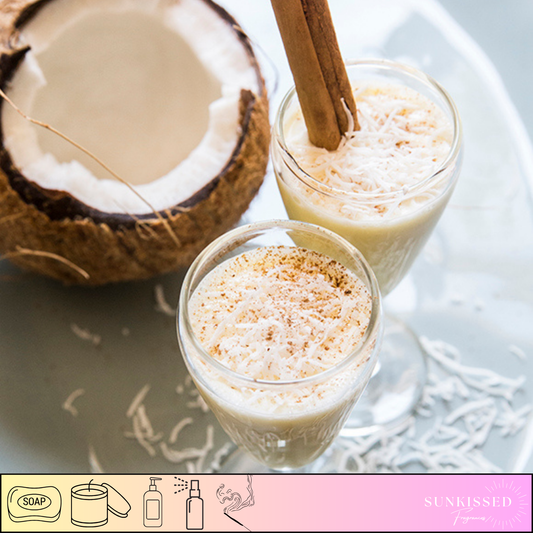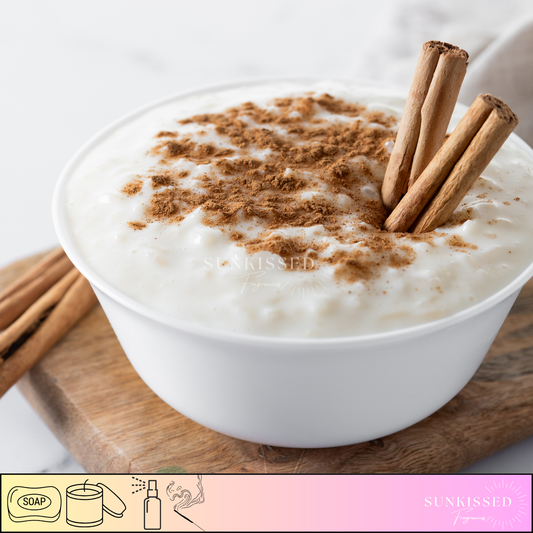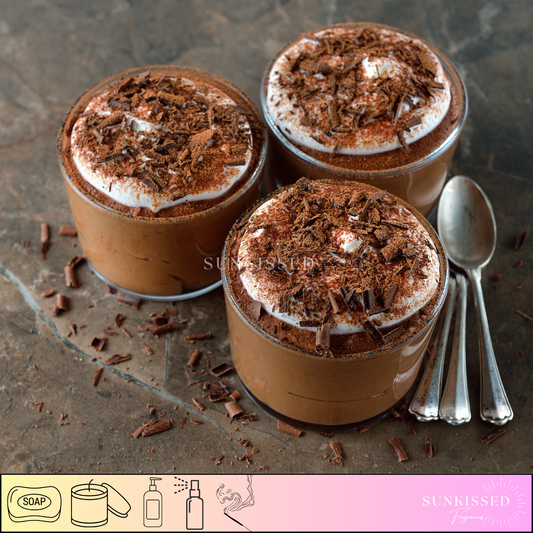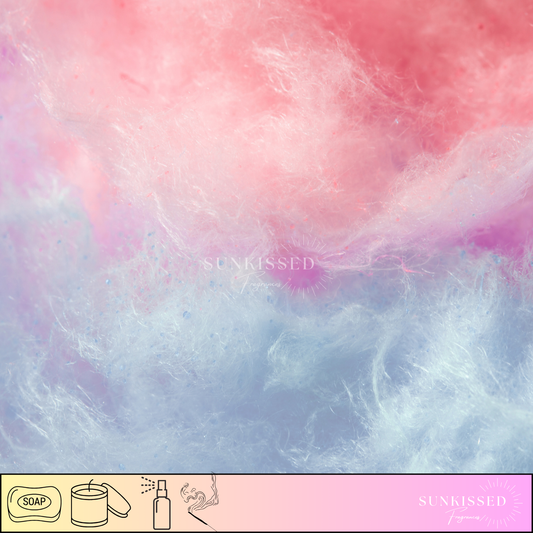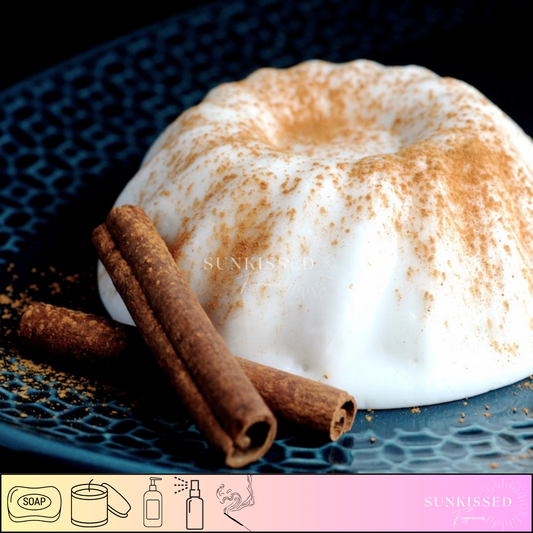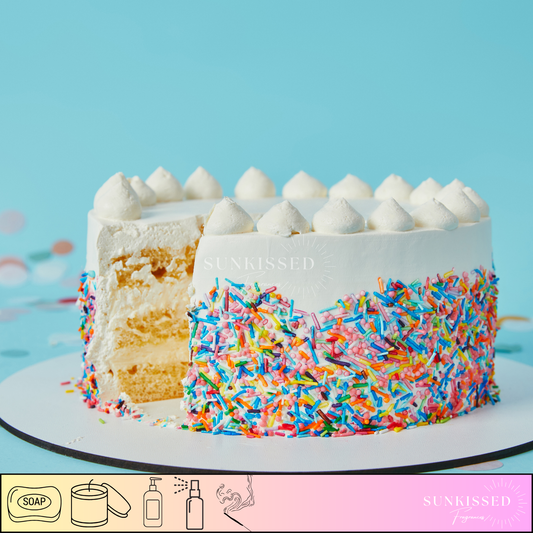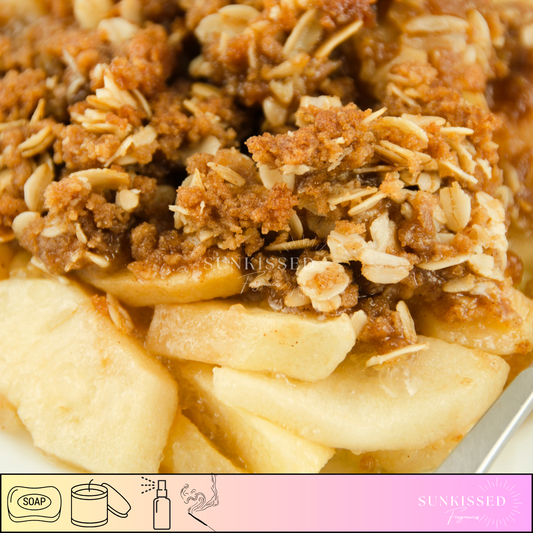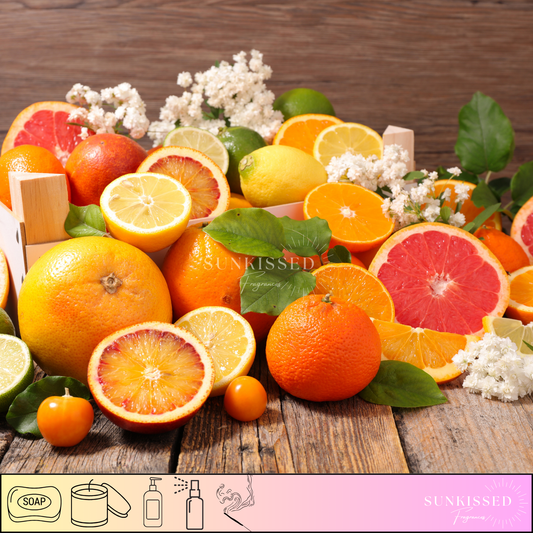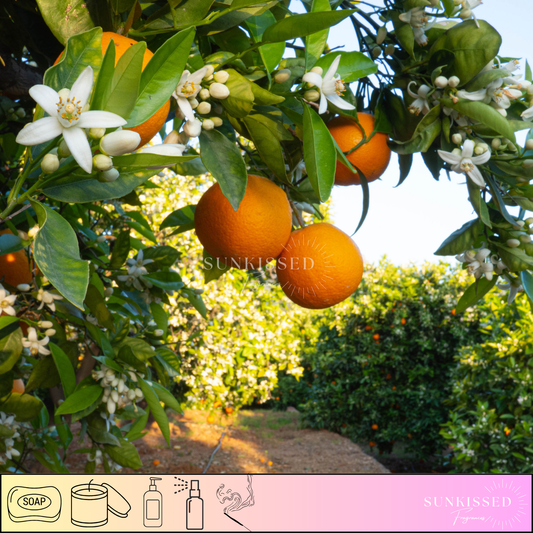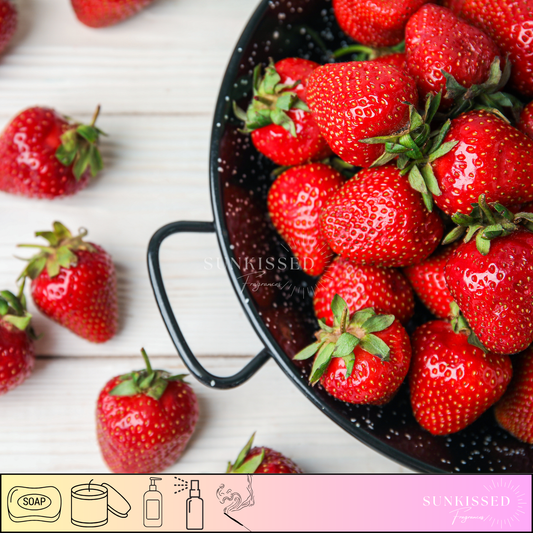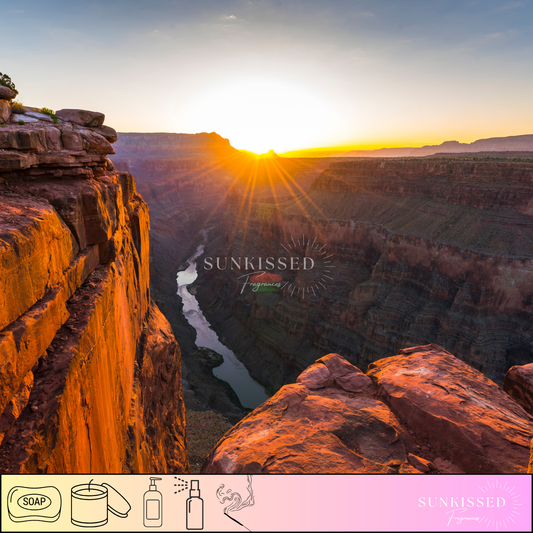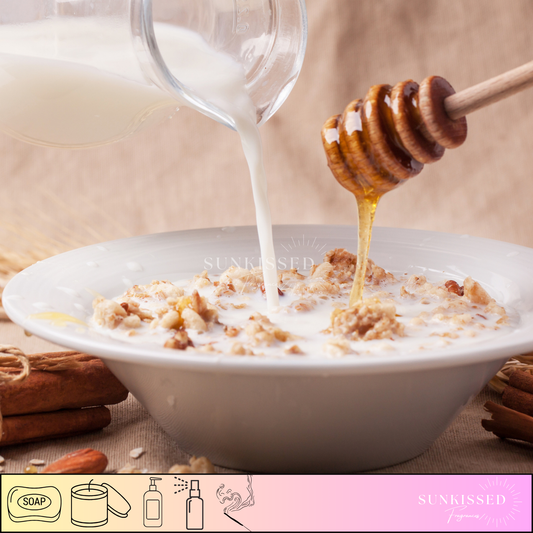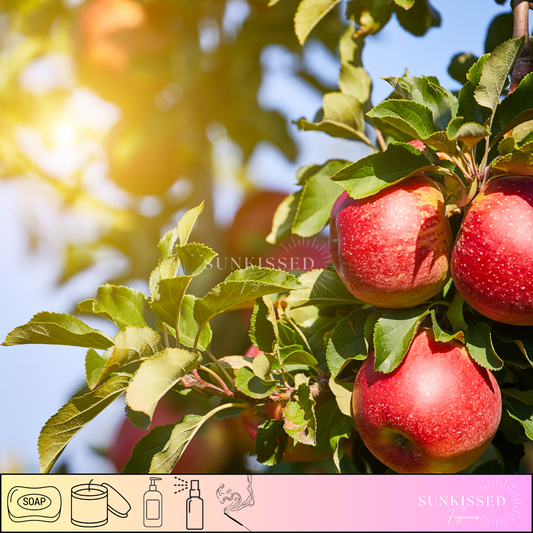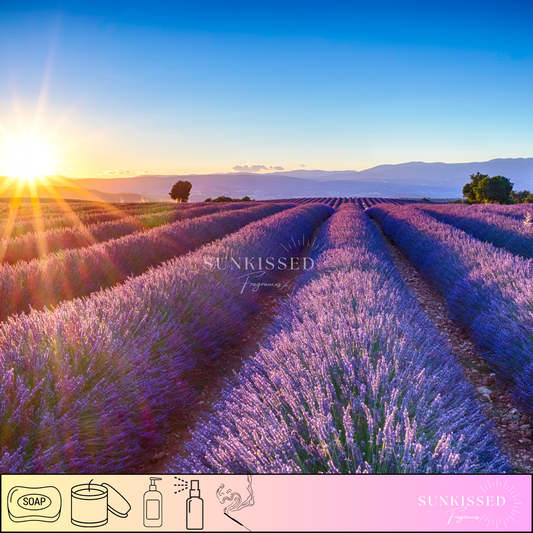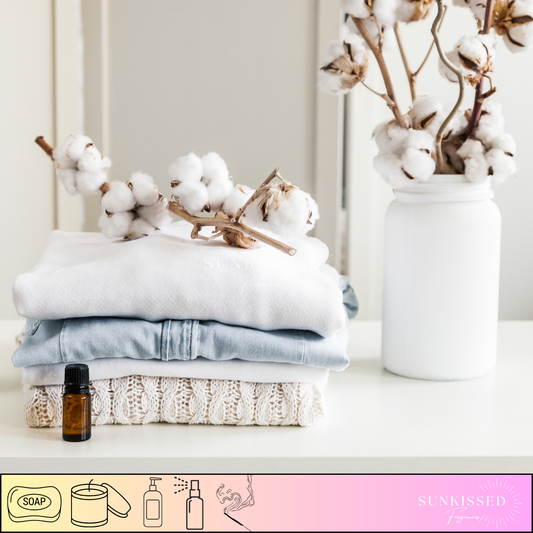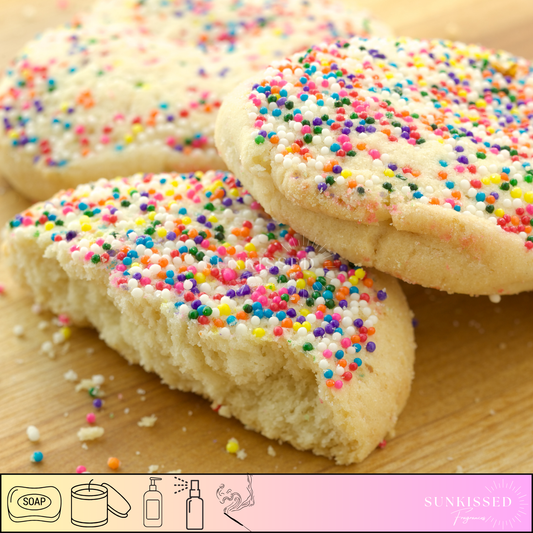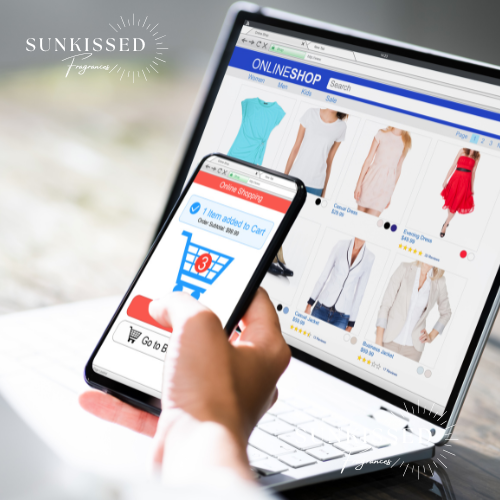
🛍️ What Makes a Great Product Page? Tips to Convert Browsers into Buyers
Estimated Read Time: 7–9 minutes
Your product page is one of the most powerful tools in your entire online business. It’s the make-or-break moment—where curious browsers decide whether or not to become loyal customers. While your homepage may introduce your brand, and your ads may catch attention, it’s the product page that closes the deal.
Yet many online shops still treat this page as a simple item listing. If you want to increase conversions, reduce returns, and boost customer satisfaction, your product pages need to work harder—and smarter.
This blog breaks down exactly what makes a great product page, complete with best practices, research-backed insights, and a visual chart to guide you.
📊 Why Product Pages Matter More Than You Think
If you’ve been underestimating the importance of your product page, consider this:
-
87% of online shoppers say detailed product content is crucial to their purchasing decision (Salsify, 2023).
-
50% of consumers have returned an item because the product didn’t match the online description.
-
30% of shoppers abandon purchases if they can’t find enough information.
-
Only 16% of shoppers read product descriptions thoroughly—meaning the rest are scanning. Your copy and layout must be skimmable and strong.
In other words, if your product page is missing important information or design elements, it’s not just unhelpful—it’s costing you money.
🧠 What Do Shoppers Look for on a Product Page?
Recent consumer behavior studies consistently show that certain elements influence trust and decision-making more than others. Here’s what matters most:

Top 5 Product Page Must-Haves (Based on Customer Preference):
-
87% want high-quality images
-
72% read customer reviews
-
66% look for detailed descriptions
-
59% expect clear pricing
-
45% want transparent shipping info
If your page is missing one or more of these? You may be losing sales without even realizing it.
✅ 10 Elements of a High-Converting Product Page
Let’s explore each must-have—and how to make it work for you:
1. High-Quality Product Images
Visuals are everything online. Your photos act as a digital substitute for in-store experience.
Tips:
-
Use clean, clutter-free backgrounds
-
Include multiple angles (front, back, side, close-up)
-
Add lifestyle shots to show the product in use
-
Include a zoom feature or 360° viewer
-
Optimize for fast loading (compressed images, proper sizing)
Bonus: Video increases conversions by up to 80% on product pages. If possible, add a short product demo or unboxing clip.
2. Persuasive, Benefit-Driven Copy
Your product description isn’t just there to explain—it’s there to sell. Use engaging, benefit-focused language.
Structure your copy with:
-
A strong first sentence that connects with the buyer’s problem or desire
-
A bulleted feature list for easy scanning
-
A paragraph or two that adds emotion and tells a story
Avoid jargon. Speak like your ideal customer. Be clear, honest, and helpful.
3. Transparent Pricing & Offers
Pricing should be immediately visible and easy to understand.
Best practices:
-
Clearly display the current price and any discounts
-
Use strikethroughs for sale pricing
-
Include cost per unit (e.g., per ounce, per use, etc.) if helpful
-
Display tax and shipping costs as early as possible
Stat: Hidden fees are one of the top reasons for cart abandonment. Be upfront.
4. Customer Reviews and Ratings
Social proof boosts conversions by up to 76% (according to Spiegel Research Center). Reviews build trust and reduce perceived risk.
What to include:
-
A visible average star rating
-
Written reviews with photos
-
Date stamps to show relevance
-
Filters for sorting by rating or keywords
Encourage reviews by automating post-purchase emails or offering a loyalty perk in exchange.
5. Shipping & Return Details
If a shopper has to click away to find your shipping info, you’re losing momentum.
Make these details clear:
-
Estimated delivery time
-
Shipping fees and thresholds for free shipping
-
Return and exchange policy (simple, short, friendly)
-
Where items ship from
Consider adding collapsible FAQ sections below the description to keep things organized without cluttering the layout.
6. Fast, Mobile-Optimized Design
Over 60% of e-commerce traffic is now mobile. If your page isn’t mobile-friendly, you’re automatically cutting out more than half your potential buyers.
Mobile-friendly essentials:
-
Easy scrolling and large touch-friendly buttons
-
Optimized images for faster loading
-
Stacked layout that flows intuitively
-
Sticky “Add to Cart” button for long pages
Test your product page on different devices (phone, tablet, desktop) to ensure consistency.
7. Urgency, Scarcity & FOMO Triggers
Fear of missing out is a powerful motivator. Without pressuring the shopper, you can subtly add urgency to your product page:
-
“Only 2 left in stock”
-
“Sale ends in 12 hours”
-
“Trending item – selling fast!”
-
Countdown timers for promotions
But always be honest. Fake urgency can backfire if customers catch on.
8. Trust Signals & Guarantees
In a world full of scammy websites, trust is everything. Reassure your visitors that they’re in good hands.
Add these elements:
-
SSL certification badge
-
Payment processor logos (PayPal, Stripe, Visa, etc.)
-
“Money-back guarantee” language
-
Clear contact info and customer support links
-
“Made in USA,” “Vegan,” “Eco-friendly” or relevant certifications
The more credible you look, the more likely shoppers are to buy.
9. Product FAQs
Shoppers often leave product pages to Google questions—don’t make them leave.
Add a quick FAQ section below the main content:
-
How is it used?
-
What’s included?
-
Who is it for?
-
Is it safe for sensitive skin / allergies / kids / pets?
Answering common concerns keeps the shopper engaged and reduces customer service emails later.
10. Upsells & Cross-Sells
Maximize your average order value by strategically recommending related products.
Examples:
-
“Pairs well with…” section
-
“Buy it with…” bundles
-
“You may also like…” carousel
-
Volume discounts or add-on accessories
This not only increases revenue—it helps customers discover products they may have missed.
🧪 How to Know if Your Product Page is Working
Once your product page is optimized, track its performance using these metrics:
-
Conversion Rate: % of visitors who make a purchase
-
Bounce Rate: % who leave the page without taking action
-
Average Time on Page: Higher = more engagement
-
Scroll Depth: Are visitors seeing the full page?
-
Click-Through Rate on Add-to-Cart Buttons
Use heatmaps, Google Analytics, and A/B testing tools like Hotjar or VWO to test headlines, images, CTA placements, and copy styles.
Final Thoughts 💬
Your product page is more than just a place to list items—it’s your salesperson, your storyteller, and your customer service rep all in one.
When you take time to craft clear, informative, and engaging product pages, you’re not just increasing conversions—you’re building trust, reducing returns, and creating a memorable customer experience that leads to repeat business.
Now go review your product pages with fresh eyes. Is everything your customer needs to buy confidently... already there?
📌 5 Blog Tags:
-
#ProductPageOptimization
-
#EcommerceConversions
-
#WebsiteDesignTips
-
#SellMoreOnline
-
#CustomerJourney

